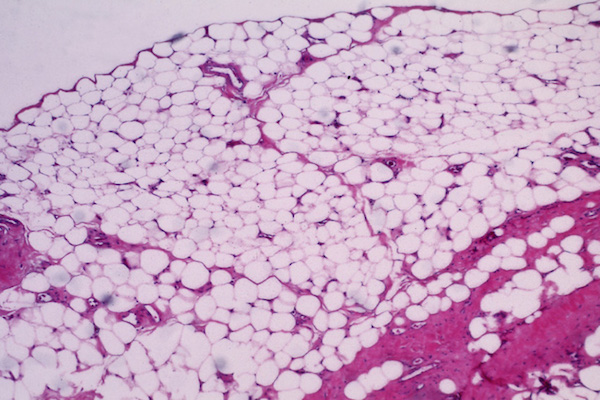Human adipose-derived mesenchymal stem cell could participate in angiogenesis in a mouse model of acute hindlimb ischemia
Abstract
Introduction: Mesenchymal stem cells (MSCs) transplantation for the treatment of acute hindlimb ischemia is recently attracting the attention of many scientists. Identifying the role of donor cells in the host is a crucial factor for improving the efficiency of treatment. This study evaluated the injury repair role of xenogeneic adipose-derived stem cell (ADSC) transplantation in acute hindlimb ischemia mouse model.
Methods: Human ADSCs were transplanted into the limb of ischemic mouse. The survival rate of grafted cells and expression of human VEGF-R2 and CD31 positive cells were assessed in the mouse. In addition, the morphological and functional recovery of ischemic hindlimb was also assessed.
Results: The results showed that one-day post cell transplantation, the survival percentage of grafted cells was 3.62% ± 2.06% at the injection site and 15.71% ± 12.29% around the injection site. The rate of VEGFR2-positive cells had highest expression at 4 days post transplantation, 5.46% ± 2.13% at the injection site; 9.12% ± 7.17% at the opposite of injection site, and 7.22% ± 4.59% at the lateral gastrocnemius. The percentage of CD31 positive cells increased on day 4 at the injection site to 0.8% ± 1.60%, and further increased on day 8 at the lateral gastrocnemius site and the opposite injection site to 1.56% ± 0.44% and 1.17% ± 1.69%, respectively. After 14 days, the cell presentation and the angiogenesis marker expression were decreased to zero, except for CD31 expression at the opposite of injection site (0.72% ± 1.03%). Histological structure of the cell-injected muscle tissue remained stable as that of the normal muscle. New small blood vessels were found growing in hindlimb. On the other hand, approximately 66.67% of mice were fully recovered from ischemic hindlimb at grade 0 and I after cell injection.
Conclusion: Thus, xenotransplantation of human ADSCs might play a significant role in the formation of new blood vessel and can assist in the treatment of mouse with acute hindlimb ischemia.

Downloads
Published
Issue
Section
License
Copyright The Author(s) 2017. This article is published with open access by BioMedPress. This article is distributed under the terms of the Creative Commons Attribution License (CC-BY 4.0) which permits any use, distribution, and reproduction in any medium, provided the original author(s) and the source are credited.
